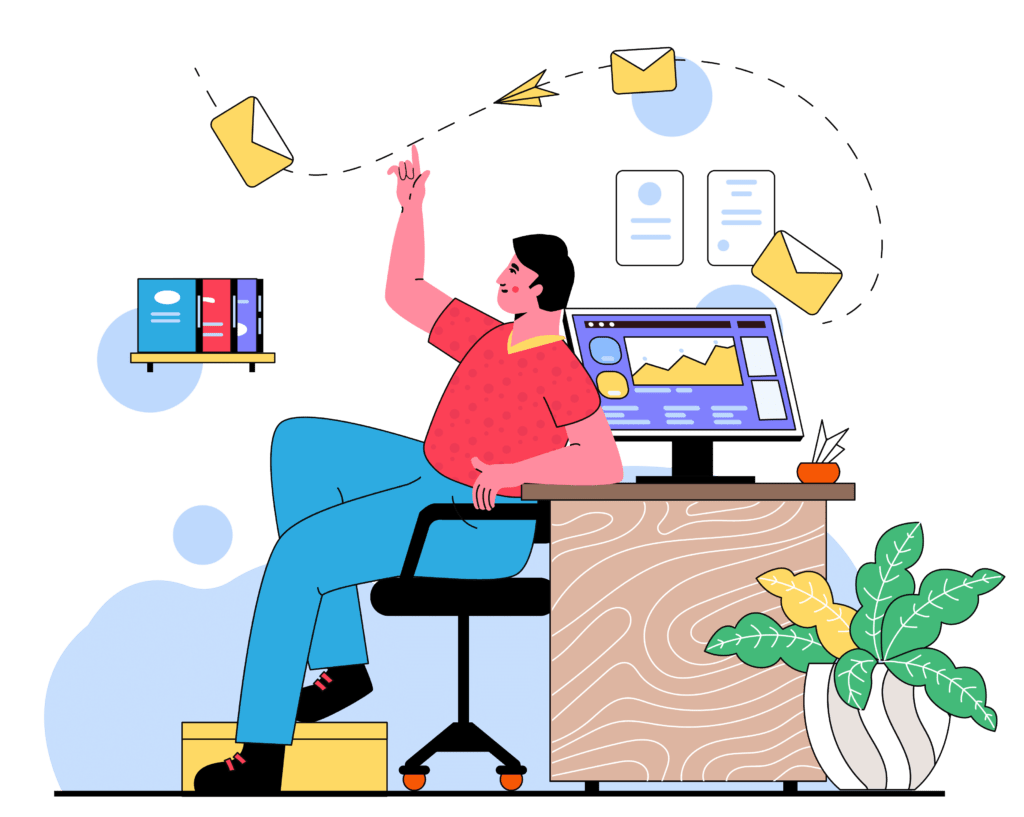s a growing business, it’s normal to face challenges with retaining customers. Starting a loyalty program is a smart move to boost customer satisfaction and long-term engagement. Just remember to take it slow and plan carefully from the very beginning.
When you’re excited about launching a loyalty program, it’s easy to overlook potential pitfalls. For example, overly complicated rewards or mismatched incentives can frustrate customers instead of delighting them. Poor communication or vague marketing messages can make things worse. Fixing these problems later can be tough and expensive.
By doing your homework and strategically planning before launch, you’ll be far better equipped to create a program that resonates with your customers and builds lasting relationships.
Here are five key tips to help you craft a customer loyalty experience that works.
These insights are drawn from real-world experience and offer practical, actionable advice.
Let’s dive in! 🌊
Define the Customer Loyalty Statuses
Understanding and categorizing these behaviors helps you create personalized re-engagement strategies. Here are several helpful examples of customer statuses you can apply to your loyalty program:
| Status | Who They Are | Our Interpretation | Suggested Strategy |
|---|---|---|---|
| 🆕 Non-Loyalty | Newly registered customers who haven’t joined the loyalty program. | They’re on the fence — unaware or unconvinced. | Showcase program perks early through onboarding flows and personalized invitations. |
| ✅ Active | Customers currently enjoying loyalty benefits. | Engaged and valuable — your ideal group. | Keep them excited with exclusive perks, recognition, and early-access offers. |
| ❌ Cancelled | Customers who explicitly opted out of the program. | They’ve made a firm decision — possibly from dissatisfaction. | Strive to provide frictionless process for re-joining the program |
| ⏳ Expired | Customers whose membership has lapsed without renewal. | Passive drop-off — not a rejection, just disengagement. | Send reminders before expiry; offer limited-time rejoin incentives. |
| 🚫 Blocked | Temporarily restricted due to payment issues or admin action. | On hold — uncertain about continuing. | Communicate clearly why they’re blocked and offer a resolution path where appropriate. |
Another great benefit of using these statuses is how easily you can generate detailed reports based on current engagement. This helps you quickly assess the health of your program, understand customer behavior, and make data-driven decisions instead of relying on guesswork.
Plan for What Happens After the First Year ⏱️
This is a key moment: it’s your chance to either lose a customer or secure their loyalty long-term!
Think about how your business model can encourage early renewals. For example, if you offer services like regular maintenance, offer exclusive discounts for early sign-ups—this strengthens the bond between your customers and your brand.
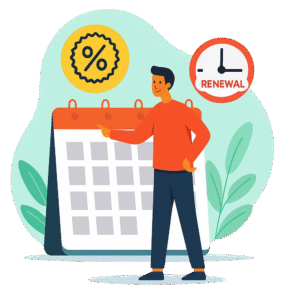
Clear communication is essential. Creative, well-timed reminders (especially right after a plan expires) can dramatically increase renewal rates. Special offers during this window often provide the perfect nudge they need to renew quickly instead of drifting away.
The goal? Sustain engagement, and reinforce the value your brand brings—even after the first year. By focusing on this crucial moment, you show customers that you care while keeping your business competitive in the market scene!
Show the Customer It’s Worth It 💎
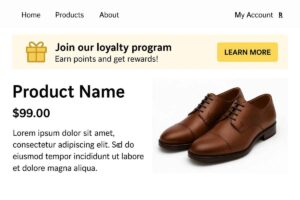
When customers reach their cart page, it’s a golden opportunity to focus their attention on how much they could have saved if they had already joined your loyalty program. Imagine displaying dynamic price calculations instead of static, boring callouts – this approach not only makes the information more engaging but also gives you a much better chance to stand out and make an impression.
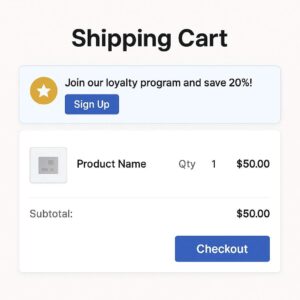
Consider implementing “Ghost Benefits”— preview discounts shown to non-members during checkout. These “sneak peeks” entice new users to join by showing the program’s value, without overcomplicating the journey.
Manage Cancellations Strategically
Letting customers cancel their membership isn’t just a legal requirement – it’s also a chance to keep things honest and trustworthy.
When someone wants to cancel, it’s a perfect moment to communicate and reconnect. You might convince them that sticking around is worth it by understanding what they like and need. Offer personalized suggestions, such as tailored discounts or new features that match their interests based on what they’ve bought before, to show that their loyalty is valued.
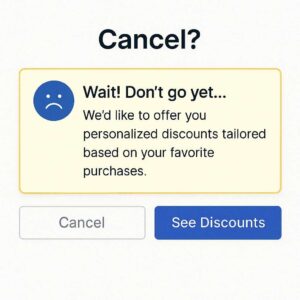
Taking this approach not only keeps communication open but also helps you grow as a business owner in ways that connect deeper with both current and future members.
Embrace Flexibility and Customization
Last but not least, your loyalty structure should be flexible. Think of it like putting together a killer playlist—you want every track to complement the others! When you’re juggling different promos, remember that some might need to be paired up, while others could clash if combined.
Rolling out new discounts is usually a breeze, but once customers get used to them, taking them away can be tricky! From a tech standpoint, aim for flexibility—make sure you can easily add and remove benefits as needed.
Keep all your promo info centralised and try not to pile on too many systems that need to sync up with each other. This reduces potential errors and makes your program more scalable in the long run.
Final Thoughts 💭
A loyalty program isn’t just a marketing tool—it’s a dynamic ecosystem that evolves with your customers. By planning smartly, staying flexible, and listening to feedback, you’ll build more than just customer retention—you’ll create brand advocates!
Take the time to optimize these often-overlooked elements, and your loyalty program will become a powerful long-term asset, not just a short-term tactic.
🌟 Turn Engagement Into Growth!
Your customers are ready for more—are you? With our Loyalty Campaign solution, you can create experiences that spark real connection and lasting value. No guesswork, no gimmicks—just smart, strategic loyalty that works.
👉 Reach out today and see how simple it can be to build stronger customer relationships that drive results!



